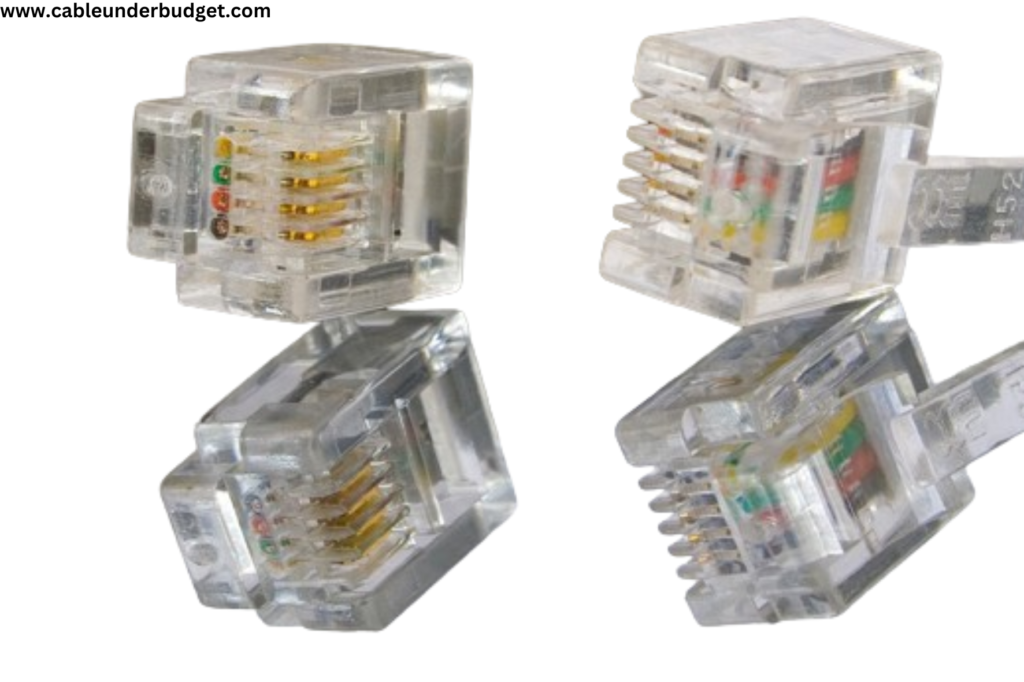Contents
- 1 How to Use a Multimeter to Check for Power
- 2 Understanding Multimeters
- 3 Using a Multimeter to Check for Power
- 4 Tips for Accurate Measurements
- 5 Parts of Multimeter
- 6 Conclusion
- 7 FAQs (Frequently Asked Questions)
- 7.1 Q: Can I use a multimeter to check for power in both AC and DC circuits?
- 7.2 Q: What precautions should I take when using a multimeter to check for power?
- 7.3 Q: Why is it important to select the correct voltage range on the multimeter?
- 7.4 Q: Can a multimeter detect power fluctuations in a circuit?
How to Use a Multimeter to Check for Power
Understanding how to use a multimeter to check for power is essential for anyone working with electrical systems or appliances. Whether you’re a professional electrician or a DIY enthusiast, a multimeter is a versatile tool that allows you to measure voltage, current, and resistance in circuits. In this guide, we’ll walk you through the process of using a multimeter to check for power, empowering you to troubleshoot electrical issues with confidence.

Understanding Multimeters
A multimeter, also known as a volt-ohm meter (VOM), is a handheld device used to measure electrical parameters such as voltage, current, and resistance. It typically consists of a digital or analog display, selection dial, and probes for making connections to electrical circuits.
Types of Multimeter Measurements
-
- Voltage (Volts): Measures the electrical potential difference between two points in a circuit.
-
- Current (Amps): Measures the flow of electric charge in a circuit.
-
- Resistance (Ohms): Measures the opposition to the flow of current in a circuit.
Types of Multimeters
There are two primary types of multimeters:
-
- Analog Multimeters: Use a mechanical needle to display measurements.
-
- Digital Multimeters (DMM): Display measurements as numerical values on a digital screen.
Using a Multimeter to Check for Power
Now that you understand the basics, let’s explore how to use a multimeter to check for power in electrical circuits.

1. Select the Voltage Function
Start by setting your multimeter to the voltage function. This allows you to measure the electrical potential difference between two points in a circuit.
2. Set the Voltage Range
Choose an appropriate voltage range on the multimeter based on the expected voltage level in the circuit. Selecting the correct range ensures accurate measurements and prevents damage to the multimeter.
3. Connect the Probes
Insert the black probe into the common (COM) terminal and the red probe into the voltage (V) terminal on the multimeter.
4. Test Points
Identify the points in the circuit where you want to check for power. Ensure that the circuit is energized and operating normally.
5. Touch Probes to Circuit
Carefully touch the probe tips to the test points in the circuit. The black probe should be connected to the ground or negative side, while the red probe should be connected to the positive side.
6. Read the Voltage
The multimeter will display the voltage measurement on its screen. Take note of the reading and compare it to the expected voltage level to determine if power is present in the circuit.
Tips for Accurate Measurements
To ensure accurate readings and safe practices when using a multimeter, consider the following tips:
1. Verify Proper Connections
Double-check that the probes are securely connected to the multimeter and the test points in the circuit.
2. Use Proper Range Settings
Select the appropriate voltage range on the multimeter to avoid overloading the device and obtaining inaccurate measurements.
3. Inspect Probes for Damage
Regularly inspect the multimeter probes for any signs of wear or damage, such as frayed wires or bent tips. Replace damaged probes to maintain accurate measurements.
Parts of Multimeter
Certainly! A multimeter consists of several parts, each serving a specific function in measuring electrical properties. Here are the main components of a typical multimeter:
-
Display: This is where measurement values, symbols, and other information are shown. The display can be digital or analog, depending on the type of multimeter.
-
Selection Dial: Also known as the function or mode dial, this allows you to choose the type of measurement you want to perform, such as voltage, current, resistance, and continuity.
-
Input Jacks: These are the ports where you connect the test leads or probes. Multimeters typically have several input jacks, each designated for specific types of measurements (e.g., voltage, current, resistance).
-
Test Leads/Probes: These are the cables with metal tips used to make electrical connections with the circuit or component being tested. Test leads usually come in pairs: one red (positive) and one black (negative).
-
Function Buttons: Some multimeters have additional function buttons for specific tasks, such as holding a measurement value (Hold), selecting manual range (Range), or turning on a backlight for the display (Backlight).
-
Range Selector: This allows you to set the measurement range manually, particularly useful when you want to measure a specific range of values or need to avoid auto-ranging.
-
Battery Compartment: Multimeters are powered by batteries, and the battery compartment is where you insert and replace the batteries when necessary.
-
Fuse: Most multimeters have a fuse to protect the device and the user from excessive current or voltage. The fuse is usually located inside the multimeter near the input jacks.
Understanding these parts and how they work together is essential for using a multimeter effectively and safely in various electrical measurement tasks.
Conclusion
In conclusion, knowing how to use a multimeter to check for power is a valuable skill for anyone working with electrical systems. By following the step-by-step guide outlined in this article and adhering to safety precautions, you can confidently troubleshoot electrical issues and ensure the proper functioning of circuits and appliances.

